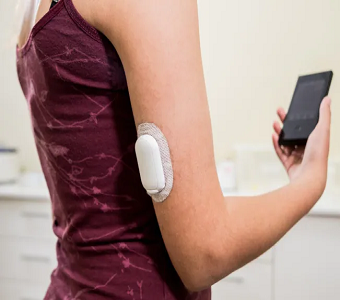Spring Bank (SBPH) presented data for their Phase 2 ACHIEVE trial at EASL conference today, including their 200mg cohort. Data was in line with expectations and confirms that inarigivir primes an immune response. The investment thesis remains the same: SBPH’s candidate is well positioned to be a pillar in a combination treatment to achieve HBV cure. Combination data (SBPH + Gilead) later this year will be a key event for the company.
Remember: HBsAg loss & sustained HBV DNA suppression are two measures that indicate a functional HBV cure.
Phase 2 ACHIEVE Data
Inarigivir was given as a monotherapy for 12 weeks and then patients were switched to tenofovir (“Viread”) monotherapy for 12 weeks.
Dose Response Seen In HBV DNA & RNA At 12 Weeks; Potential For Higher
Spring Bank showed a 1.54 log10 HBV DNA reduction in their Cohort 4 200mg dose at the end of 12 week inarigivir monotherapy. The company is using a 400mg dose in future trials, so this reduction can reasonably be expected to continue dropping. 
At the end of 24 weeks, after the tenofovir regiment, HBeAg+ Patients saw about a 5 log10 reduction in HBV DNA reduction. This is important because the HBeAG+ population has a higher viral burden and had not responded to lower doses of inarigivir, but showing greater response at the 200mg dose. The company believes that the 400mg dose that will be used in upcoming Phase 2 trials has potential to be even more effective in this population.
Similarly, Spring Bank showed a 1.14 log10 HBV RNA reduction in their Cohort 4 200mg dose at the end of 12 week inarigivir monotherapy.
26% HBsAg Response Rate
16 inarigivir patients (26%) met the HBsAG response (>0.5log10 reduction) at week 12 or 24. Overall mean reduction was 0.8 log10 and responses were seen in both HBeAG +/- patients.
To compare, interferon monotherapy has shown about a 15% HBsAg response and combination of interferon+nuc about 20%. Spring Bank believes that it can get a higher response than the 26% presented today with 400mg dose and/or combination studies with Gilead.
Bottom Line: The SBPH thesis has not changed. Today the company reported that their highest 200mg Cohort reduced HBV DNA/RNA greater than other, lower cohorts. Inarigivir is not a replacement to existing nuc therapies, so comparing them head to head does not make much sense. Inarigivir is, however, positioning itself as a possible immunomodulator drug class in combination HBV treatment (read more here). Gilead’s combination data with SBPH, expected late 2019, will be a key event.
Data From Gilead Sponsored Combination Trial Expected Later This Year
We anticipate data from the GILD+SBPH combination study will be presented at AASLD meeting in early November 2019. The study, which tests co-administration of inarigivir + Vemlidy for 12 weeks and then Vemlidy monotherapy for 36 weeks, has a primary completion date of July 2019. Gilead should have data ready by November AASLD meeting.
This study will show the % of HBsAg responders as a primary endpoint. We’re looking for a 30%+ response rate. If this data can meet/beat that benchmark, then GILD+SBPH combination make a great case for being clinically superior to existing therapies.
Disclosure: PropThink contributors are LONG SBPH
Access This Content Now
Sign Up Now!




